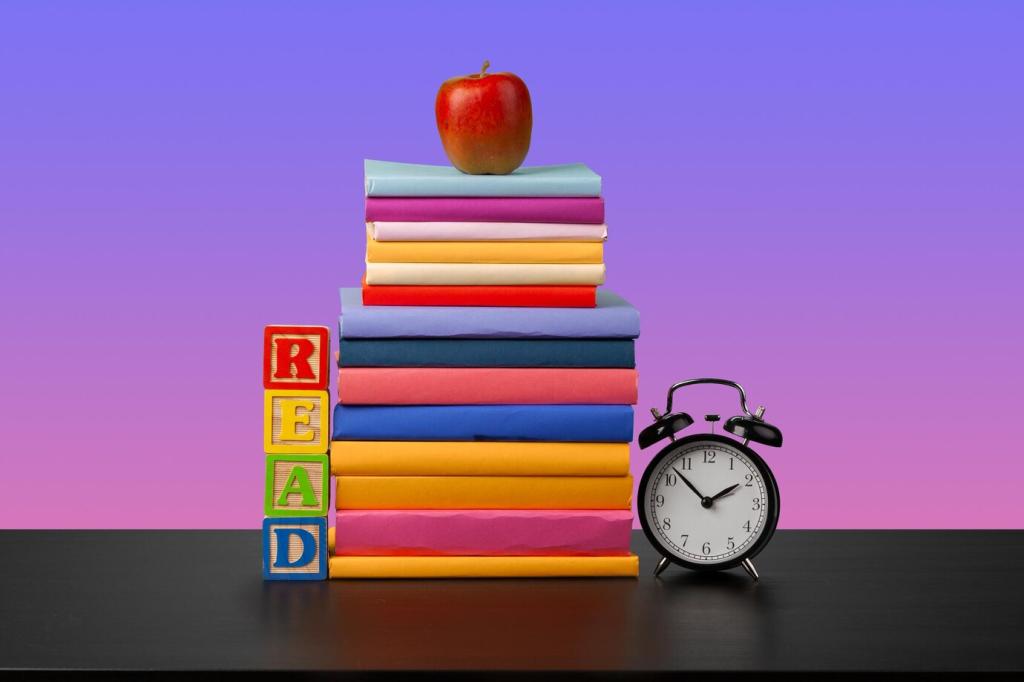This website uses cookies so that we can provide you with the best user experience possible. Cookie information is stored in your browser and performs functions such as recognising you when you return to our website and helping our team to understand which sections of the website you find most interesting and useful.
Gamification in language education refers to the incorporation of game-like elements and principles into the process of teaching and learning new languages. This approach seeks to make language learning more fun, engaging, and effective by harnessing features that motivate learners, such as rewards, progress tracking, and interactive challenges. As students increasingly seek dynamic and customized educational experiences, gamification provides a solution that combines the benefits of play with the rigor of structured learning. By leveraging technology and creative instructional design, educators can foster enthusiasm, persistence, and deeper mastery of language skills. The rising popularity of gamification reflects its success in transforming traditional methods and making language acquisition more accessible and enjoyable for learners of all ages.
Understanding Gamification in Language Learning
Defining Gamification
Key Components of Gamified Learning
Benefits Over Traditional Approaches


Points and Reward Systems

Interactive Quests and Storytelling


